Gem Profile- Tiger Eye
Imagine living in an exotic place like India or Africa, long ago, and noticing the eyes of a tiger peering at you through a field of elephant grass. Deep rich gold colored eyes, with flecks of bright yellow and pale green, and definitely chatoyant. This depiction also describes the macrocrystalline quartz we call tiger eye, and could very well be the origin of the name as tiger eye quartz is mined in both India and Africa. Although challenging for a lapidary, when the mostly straight fibers of this stone are oriented and cut properly, tiger eye is a perfect example of chatoyancy, shimmering like the eye of a cat. ("Chat" being French for "cat".)
Tiger eye began as a type of blue riebeckite or asbestos, geologically known as silicified crocidolite. When the silky fibrous mineral crocidolite decomposed, and was replaced by quartz containing traces of iron minerals such as goethite, the beautifully banded brown and gold tiger eye was formed. There is no need to be worried about working with this material, because it is a pseudomorph of quartz "after" asbestos; and we all know that a lapidary should wear some type of face mask or respirator when cutting and grinding any stone!
Rough tiger eye, photographed wet on my studio porch.
Rough tiger eye, photographed wet on my studio porch.

Pictured:
Monica White created this necklace using a tiger eye donut and beads, and chain.
and
Tiger's eye bracelet, using tiger eye beads and formed wire, by Irisha Patterson
Monica White created this necklace using a tiger eye donut and beads, and chain.
and
Tiger's eye bracelet, using tiger eye beads and formed wire, by Irisha Patterson


Natural blue to blue-grey tiger eye occurs when some of the crocidolite remains in the structure of the rock which has been named Hawks Eye; and Falcons Eye is what this material is called when a pale blue-gray is banded within the golden browns. Bi-colored tiger eye, found with both blue and green banding is very rare; the green coming from strands of yellow and blue being evenly dispersed. Although very rare, natural red tiger eye can be found; however, when brown tiger eye is heat treated, it becomes a rich mahogany red called Bulls or Ox Eye. When tigereye is commercially bleached, the result is a lovely honey color.
Wire wrapped Tiger Eye necklace and ring by Donna Geurin: Donna says, "My husband had had a necklace and clip earrings made for me 40 years ago and I had not worn them. When I started wire work (just before gold soared way up), I asked my teacher if we could reset these stones and you can see what resulted."
Wire wrapped Tiger Eye necklace and ring by Donna Geurin: Donna says, "My husband had had a necklace and clip earrings made for me 40 years ago and I had not worn them. When I started wire work (just before gold soared way up), I asked my teacher if we could reset these stones and you can see what resulted."

While we were in Tucson this past February, at one of the hotel shows we saw thousands of pound of rough tiger eye for purchase. (Not me, I already had some!)

As a member of the quartz family, opaque through semi-translucent tiger eye has a hardness of 7 and has been a favorite carving and jewelry making material for centuries. Cameos, statuary, decorative tiles, building columns, ornamental carving of animals and urns have all been made of tiger eye, as well as cabochons and beads of many different shapes. Affordable and abundant, tiger eye is a very popular material with wire jewelry designers. Its natural, earthy shades of gold, yellows, and browns go with about any outfit and are a popular choice when making men's jewelry, especially rings.
A carved big cat and a cameo, both made of brown/gold tiger eye and One of the perfume bottles in my collection is a great example of tiger iron from Australia (but carved in China).
A carved big cat and a cameo, both made of brown/gold tiger eye and One of the perfume bottles in my collection is a great example of tiger iron from Australia (but carved in China).


Tiger eye is found mainly in South Africa, Australia, India, Arizona, California, and China. However, there are also a couple of different tiger eye forms that you may not have associated with the original material. Discovered in Western Australia in the 1970s, opaque tiger "iron" is a composite of bright brown/gold tiger eye with artistic bands of red jasper and metallic hematite; sometimes labeled Australian Tiger Eye, or tiger eye jasper.
Joani Mullan created this rich necklace and earring set using a combination of red tiger eye, blue tiger eye, and gold tiger eye beads, and copper wire.
Joani Mullan created this rich necklace and earring set using a combination of red tiger eye, blue tiger eye, and gold tiger eye beads, and copper wire.

Another interesting and very form of tiger eye was found in Namibia in 1962. This material is quite translucent and unlike regular tiger eye, its fibers are not straight and parallel to one another. Distributed throughout the quartz in irregular masses, these fibers can be of many different colors; red, red-gold and dark blue, occasionally with tints of green, resulting in the material we know better as Pietersite or the Storm Stone. Today most of the Pietersite on the market is mined in China; however, sources have told me that the mine has been flooded and therefore closed, thus justifying the high price of "good" Pietersite.
Some nice designer cabochons made of blue Pietersite from China. Private collection, Dale Armstrong.
and
While shopping at Cloud's Jamboree (then in Quartzite, AZ) I found a beautiful metallic looking brown and gold material that was labeled Pietersite. Obviously I brought some back for my husband to play with and I still have these (now rare) cabochons!
Some nice designer cabochons made of blue Pietersite from China. Private collection, Dale Armstrong.
and
While shopping at Cloud's Jamboree (then in Quartzite, AZ) I found a beautiful metallic looking brown and gold material that was labeled Pietersite. Obviously I brought some back for my husband to play with and I still have these (now rare) cabochons!


Used as a talisman in many cultures, tiger eye is said to protect the wearer from illness and evil as well as aligning ones Yin Yang energies. The only imitation of tiger eye is glass/fiber optics, so beware of anyone labeling an item as silver tiger eye, eagle eye, frogs eye, or any other name that doesn't sound quite right to you! What can be mislabeled as "silver" tiger eye could be the mineral Binghamite or Silkstone, found in the state of Minnesota.
Resources
Print Resources:
Love is in the Earth by Melody, ISBN 0-9628190-3-4
The Peterson Field Guide to Rocks and Minerals by Frederick H. Pough, ISBN 0-395-24049-2
Simon & Schuster's Guide to Gems and Precious Stones by Curzio Cipriani and Alessandro Borelli, ISBN 0-671-60430-9
Internet Resources:
www.mindat.org
www.wikipedia.org
Print Resources:
Love is in the Earth by Melody, ISBN 0-9628190-3-4
The Peterson Field Guide to Rocks and Minerals by Frederick H. Pough, ISBN 0-395-24049-2
Simon & Schuster's Guide to Gems and Precious Stones by Curzio Cipriani and Alessandro Borelli, ISBN 0-671-60430-9
Internet Resources:
www.mindat.org
www.wikipedia.org
Materials

Wire

Blue Tiger Eye

Red Tiger Eye

Tiger Eye

Tiger Eye Cabochons

Blue Tiger Eye 10x14mm Oval Beads - 8 Inch Strand
A1-95
- Lesson Quantity: 1.00 pieces
- Purchase Quantity: 1.00 each
- Price: $8.95
- Gold Club Price: $6.71

Red Tiger Eye 10mm Round Beads - 8 Inch Strand
A1-817
- Lesson Quantity: 1.00 pieces
- Purchase Quantity: 1.00 each
- Price: $8.40
- Gold Club Price: $6.30

Tiger Eye 12mm Coin Beads - 8 Inch Strand
A1-472
- Lesson Quantity: 1.00 pieces
- Purchase Quantity: 1.00 each
- Price: $10.50
- Gold Club Price: $7.88

Tiger Eye 13x18mm Rectangle Cabochon
E8-10P
- Lesson Quantity: 1.00 pieces
- Purchase Quantity: 1.00 each
- Price: $3.00
- Gold Club Price: $2.25
Tools

WireJewelry - Ultimate Wire-Pliers Jewelry Pliers with Case, Set of 5
G15-20
- G15-20
- Lesson Quantity: 1.00 pieces
- Purchase Quantity: 1.00 each
- Price: $170.72
- Gold Club Price: $128.04

Bench Tools
- Category: General Education
- Technique(s): General Education








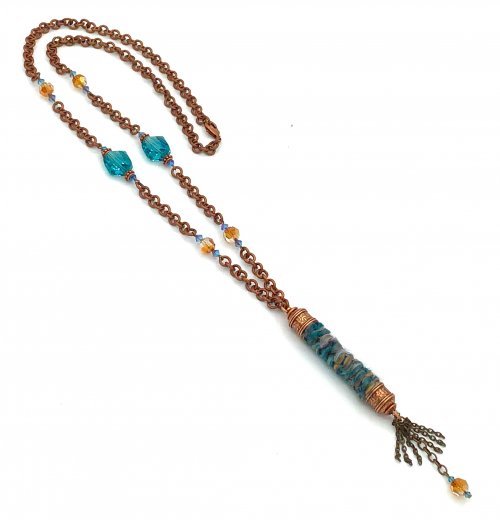
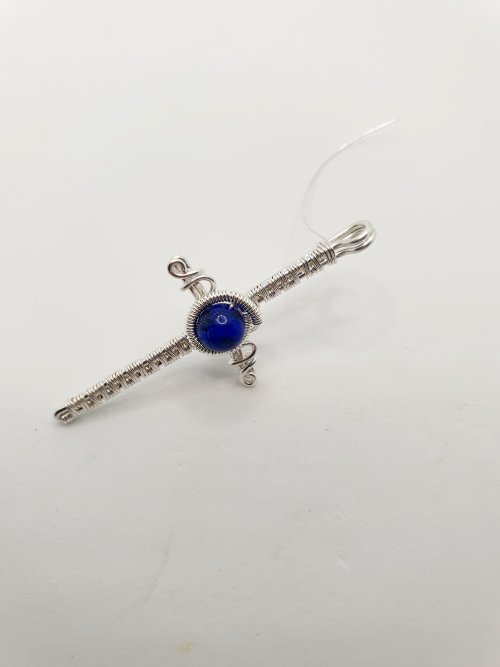
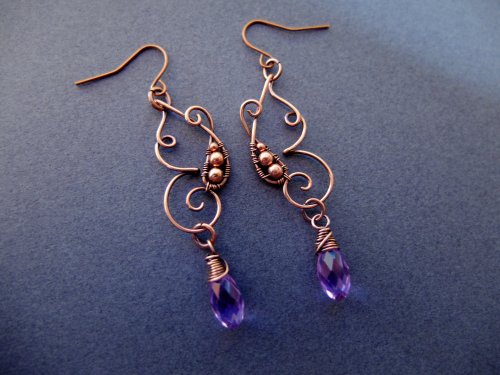

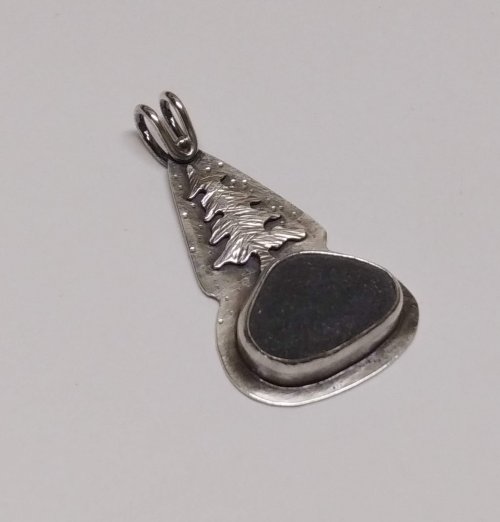
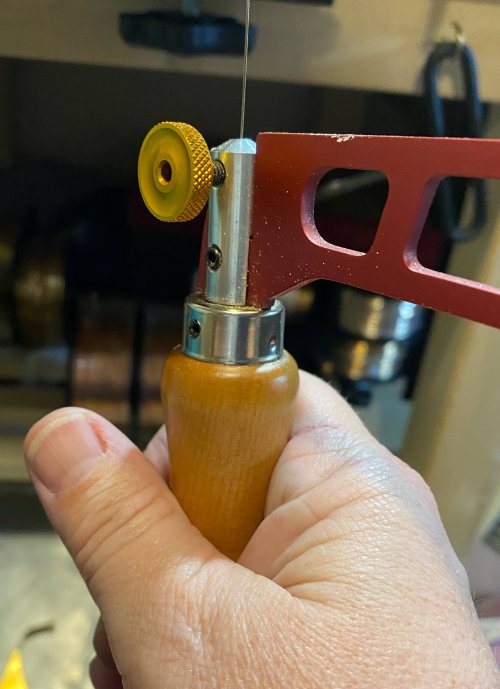
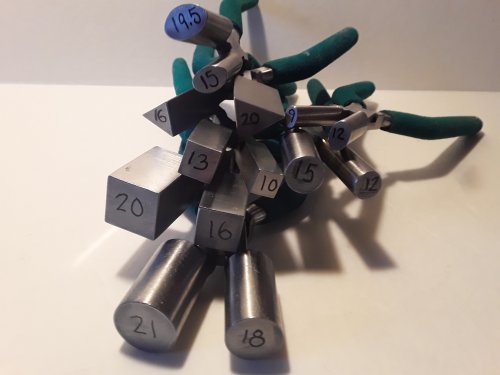
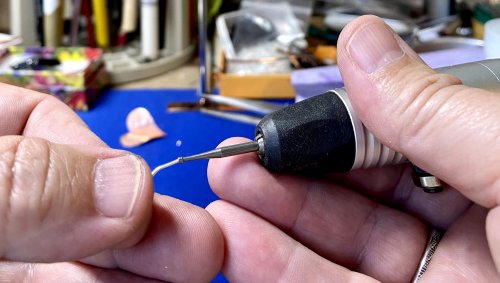
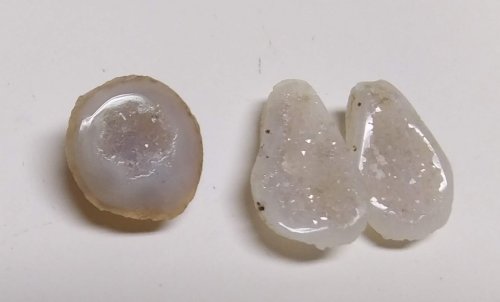




 Getting Twisted - Jewelry Making Tools
Getting Twisted - Jewelry Making Tools
 How to Price Your Wire Jewelry
How to Price Your Wire Jewelry
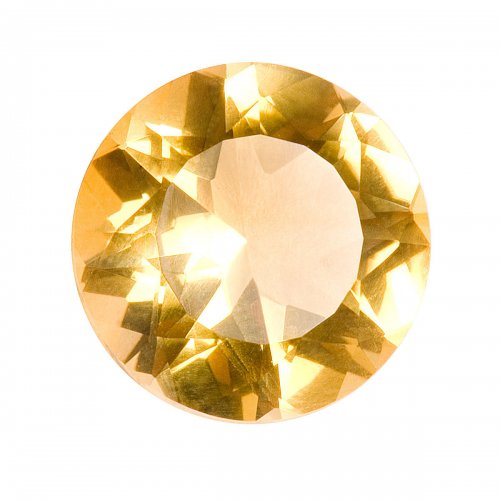 How to Measure Gemstones for Settings
How to Measure Gemstones for Settings
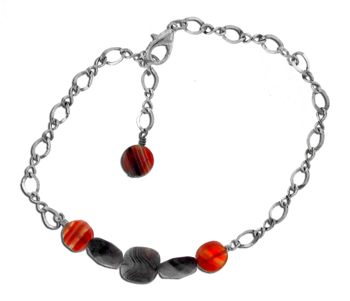 Cool Anklets are HOT
Cool Anklets are HOT
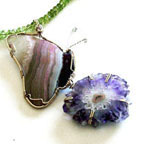 Inspiration Comes from Everywhere and Every Thing
Inspiration Comes from Everywhere and Every Thing
 Wire Jewelry Display and Booth Ideas
Wire Jewelry Display and Booth Ideas
 Where to Sell Your Wire Jewelry
Where to Sell Your Wire Jewelry
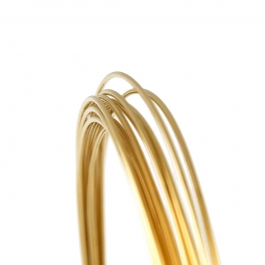 How to Choose Wire Temper for Making Jewelry
How to Choose Wire Temper for Making Jewelry
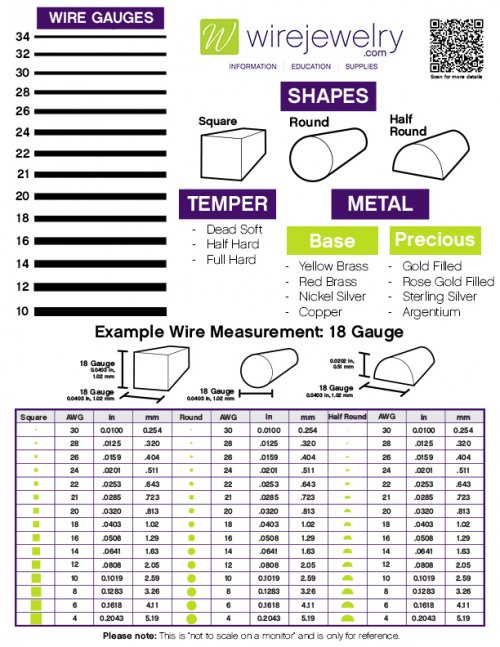 What Gauge of Wire Should I Use to Make Jewelry
What Gauge of Wire Should I Use to Make Jewelry
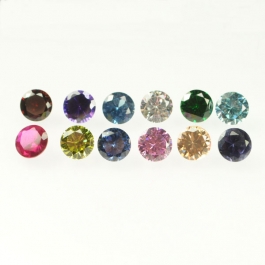 What's a Cubic Zirconia Stone
What's a Cubic Zirconia Stone
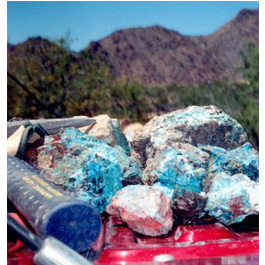 Rockhounding - A Beginner's Guide
Rockhounding - A Beginner's Guide
 What Shape of Wire Should I Use to Make Jewelry
What Shape of Wire Should I Use to Make Jewelry
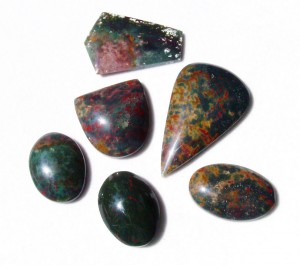 Gem Profile- Bloodstone
Gem Profile- Bloodstone
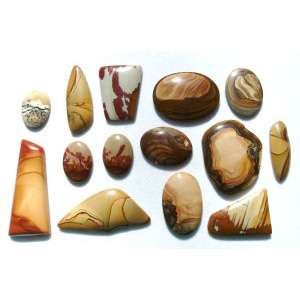 Gem Profile- Picture Jasper
Gem Profile- Picture Jasper
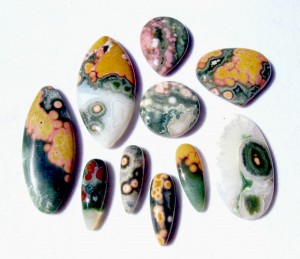 Gem Profile- Patterned Jaspers
Gem Profile- Patterned Jaspers
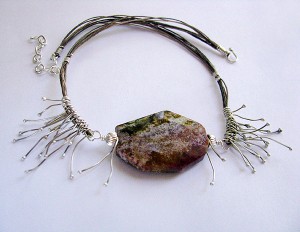 Gem Profile- What is Jasper
Gem Profile- What is Jasper
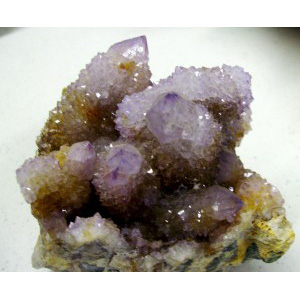 Gem Profile- Quartz Introduction
Gem Profile- Quartz Introduction
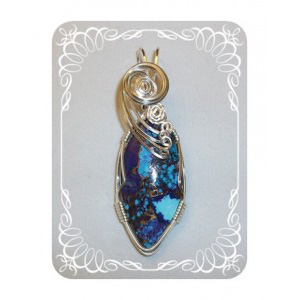 Gem Profile- Wishful Turquoise
Gem Profile- Wishful Turquoise
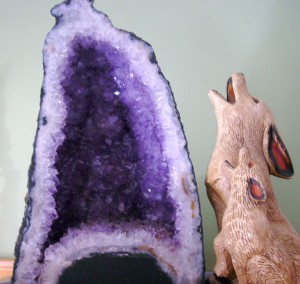 Gem Profile- Amethyst
Gem Profile- Amethyst
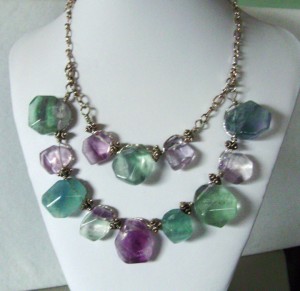 Gem Profile- Fluorite
Gem Profile- Fluorite
 Gem Profile- Obsidian
Gem Profile- Obsidian
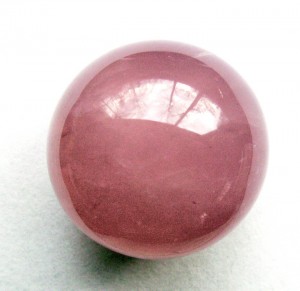 Gem Profile- Rose Quartz
Gem Profile- Rose Quartz
 Gem Profile- Smoky Quartz
Gem Profile- Smoky Quartz
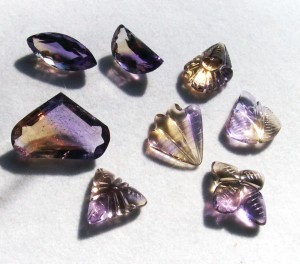 Gem Profile- Citrine and Ametrine
Gem Profile- Citrine and Ametrine
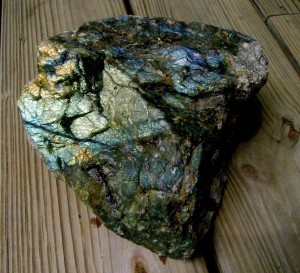 Gem Profile- Labradorite
Gem Profile- Labradorite
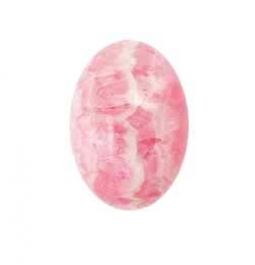 Gem Profile- Rhodochrosite
Gem Profile- Rhodochrosite
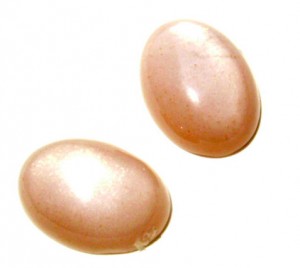 Gem Profile- Moonstone
Gem Profile- Moonstone
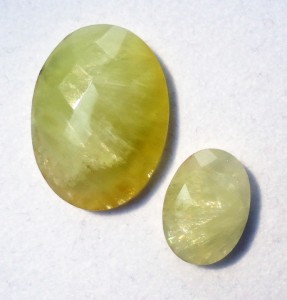 Gem Profile- Prehnite
Gem Profile- Prehnite
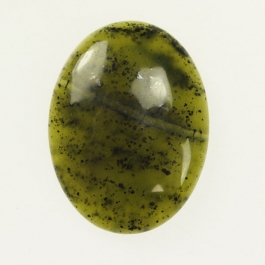 Gem Profile- Jade
Gem Profile- Jade
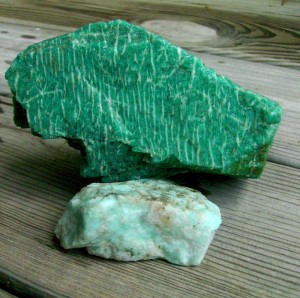 Gem Profile- Amazonite
Gem Profile- Amazonite
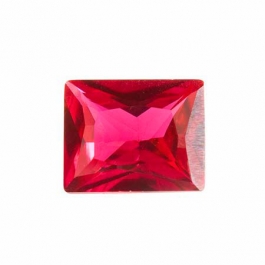 Gem Profile- Corundum
Gem Profile- Corundum
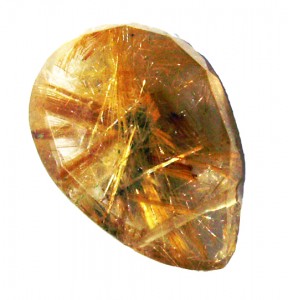 Gem Profile- Quartz with Inclusions Part 1
Gem Profile- Quartz with Inclusions Part 1
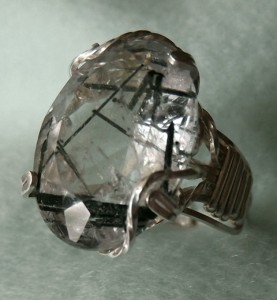 Gem Profile- Quartz with Inclusions Part 2
Gem Profile- Quartz with Inclusions Part 2
 Gem Profile- Aventurine
Gem Profile- Aventurine
 Gem Profile- Macrocrystalline Quartz
Gem Profile- Macrocrystalline Quartz
 Gem Profile- Fire Agate and Iris Agate
Gem Profile- Fire Agate and Iris Agate
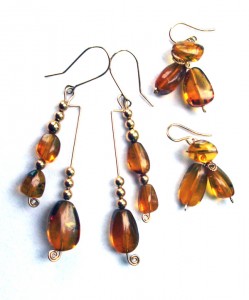 Gem Profile- Amber
Gem Profile- Amber
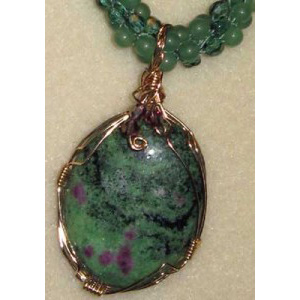 Gem Profile- Ruby Zoisite
Gem Profile- Ruby Zoisite
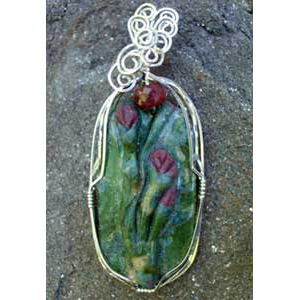 Gem Profile- Ruby Fuchsite
Gem Profile- Ruby Fuchsite
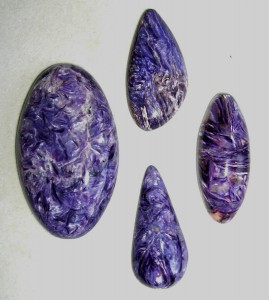 Gem Profile- Charoite
Gem Profile- Charoite
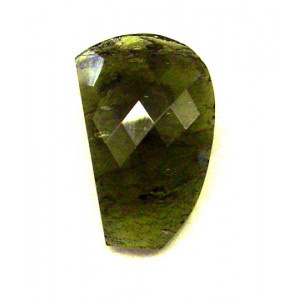 Gem Profile- Moldavite
Gem Profile- Moldavite
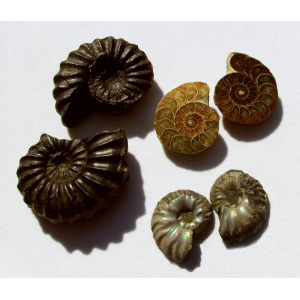 Gem Profile- Ammolite
Gem Profile- Ammolite
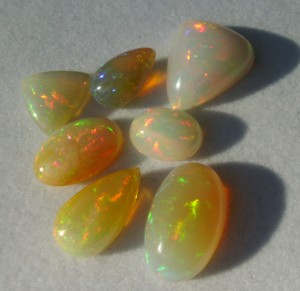 Gem Profile- White Precious Opal
Gem Profile- White Precious Opal
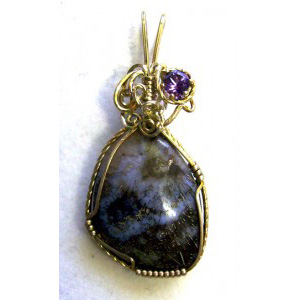 Gem Profile- Opalized Fossils
Gem Profile- Opalized Fossils
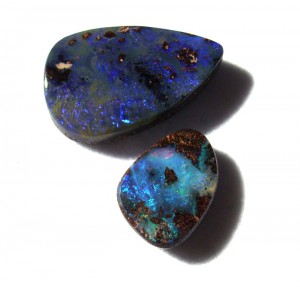 Gem Profile- Boulder Opal
Gem Profile- Boulder Opal
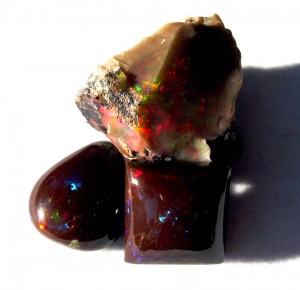 Gem Profile- Black Precious Opal
Gem Profile- Black Precious Opal
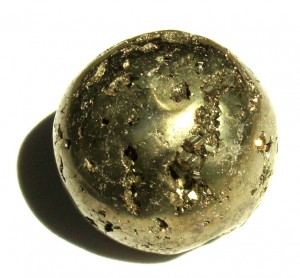 Gem Profile- Pyrite
Gem Profile- Pyrite
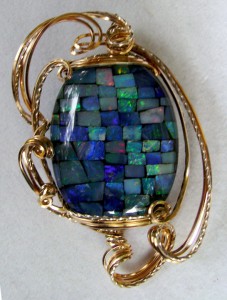 Gem Profile- Opal Introduction
Gem Profile- Opal Introduction
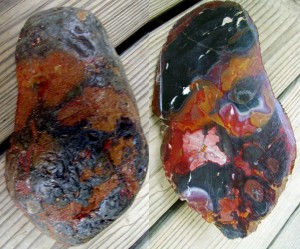 Gem Profile- Beautifully Colored Jasper
Gem Profile- Beautifully Colored Jasper
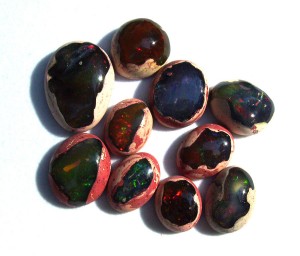 Gem Profile- Common Opal
Gem Profile- Common Opal
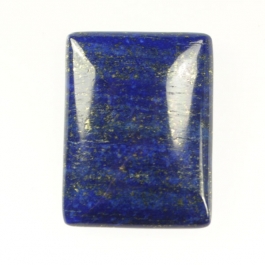 Gem Profile- Lapis Lazuli
Gem Profile- Lapis Lazuli
 Wire Sculpture Expert Dale -Cougar- Armstrong Interview
Wire Sculpture Expert Dale -Cougar- Armstrong Interview

